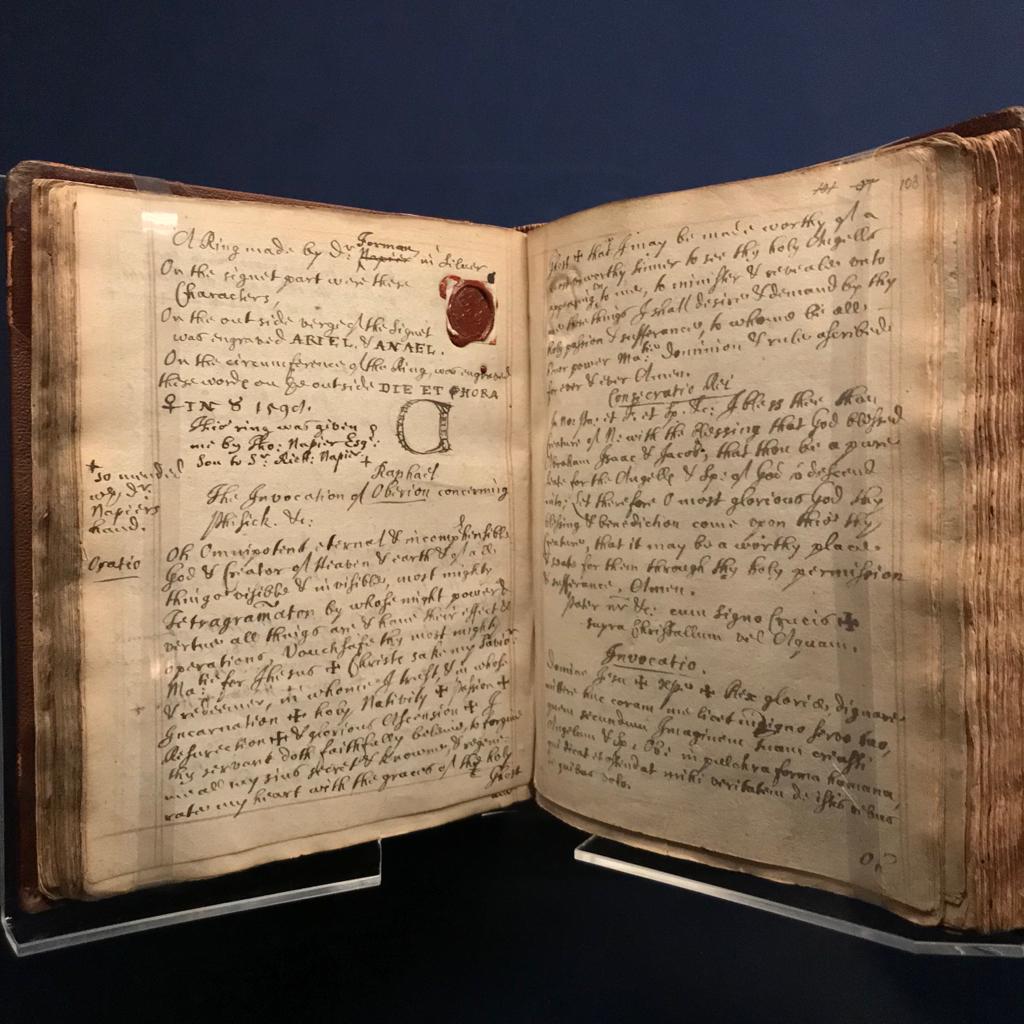If your home is 19th Century or older you may have apotropaic objects concealed within the chimney breast, floorboards, or walls of your home that was used as a form of protection to ward against natural and supernatural malevolent forces…In today’s society the only thing we may worry about rising up and down the chimney ’is a good draw’ but in centuries past, it was believed to be a gateway for bad spirits and ‘witches’ – considered one of the greatest threats to the home and livestock. A well protected home was a defence against the multiple misfortunes that could be encountered in an world built upon superstition. ‘Magical thinking’ was a practise that most people followed and it was deemed important to follow rituals to protect the home, family and livestock. All this is explored in a fascinating new exhibition at the 17th Century Ashmolean museum, Oxford, entitled ‘SpellBound Magic, Ritual and Witchcraft’ which examines the history and power in belief in magic over eight centuries.
The Power of Magic and Superstition within the Chimney breast.
2 November 2018
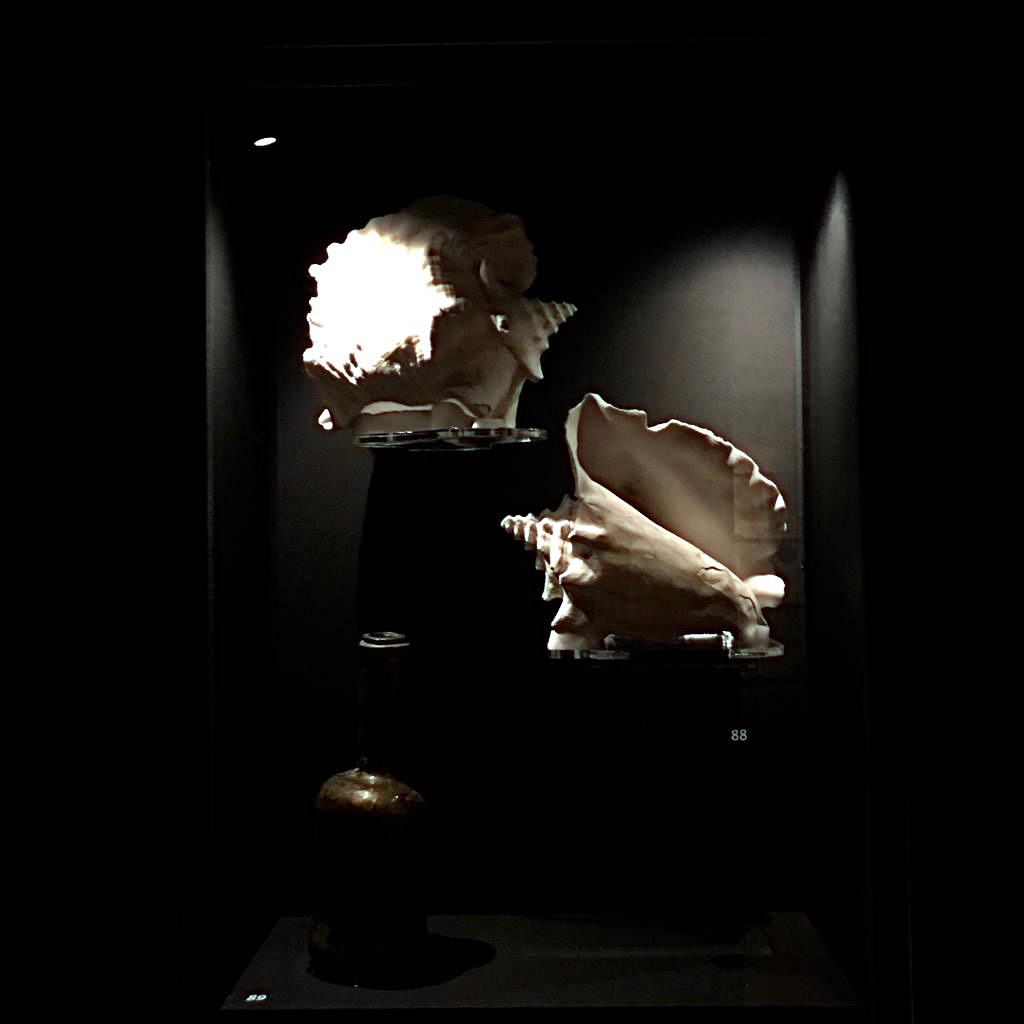
Two conch shells discovered behind the fireplace of an eighteenth century house in North, Mymms, Hertfordshire. Private collection.
Objects were used in ‘anti-witchcraft’ ceremonies and hidden in the hearth way of the chimney, underneath floorboards and within walls. Horseshoes were hung above the door, animal hearts were pierced with nails to punish the ‘witch’ who had dared to endanger life. Mummified cats were concealed within walls, hidden to ward away vermin and used items of clothes, single shoes and personal belongings were hidden in chimneybreasts acting as ‘spiritual middens’ Even though the last ‘witch’ was persecuted in 1680 there is evidence of continued rituals of protecting the home through to the early twentieth century.
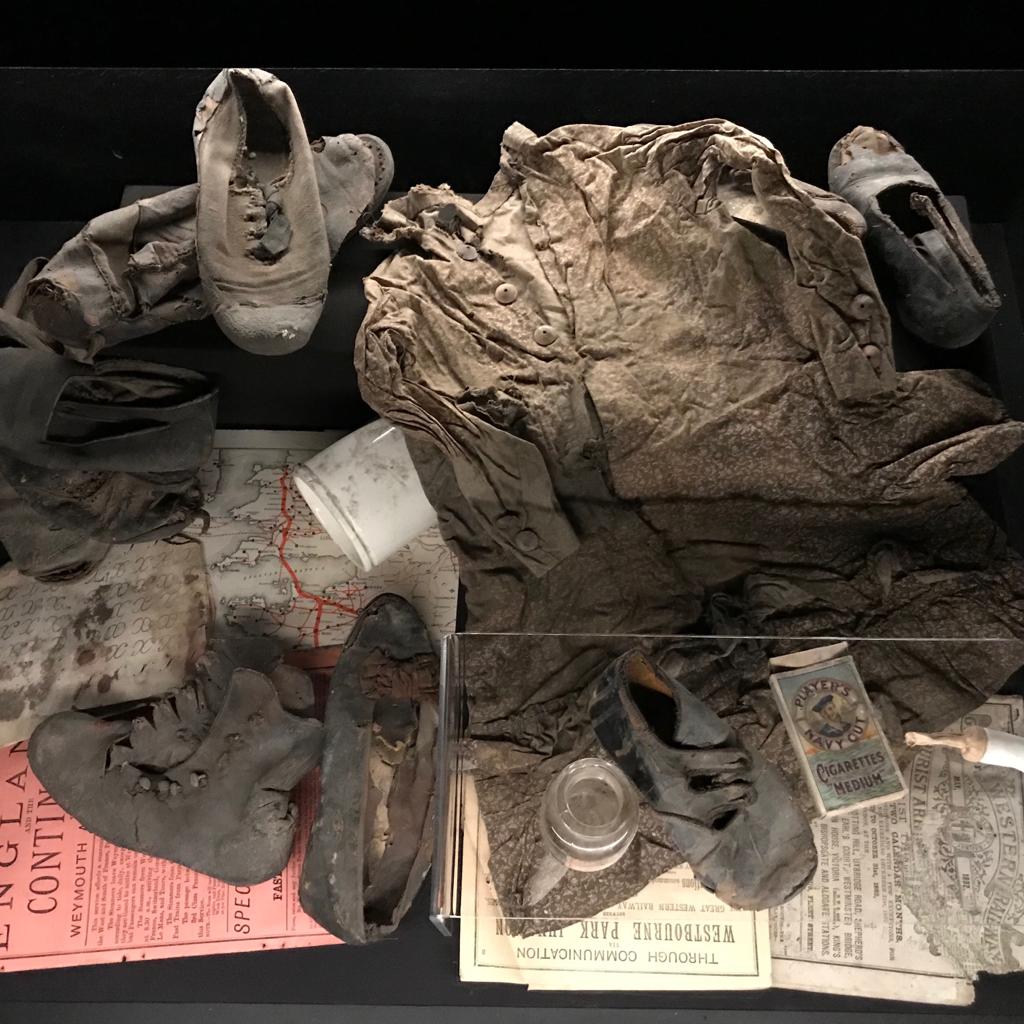
A cache of mid-nineteenth century shoes and personal belongings that were found concealed.
One of the greatest threats to the home was fire and objects were placed within the home to protect from natural disaster. Thunderstones – usually prehistoric stone axes, also known as Belemnite (a fossil bone of a now extinct squid-like creature) were believed to hold powerful protection. They held such value they were an important trading commodity throughout Europe.
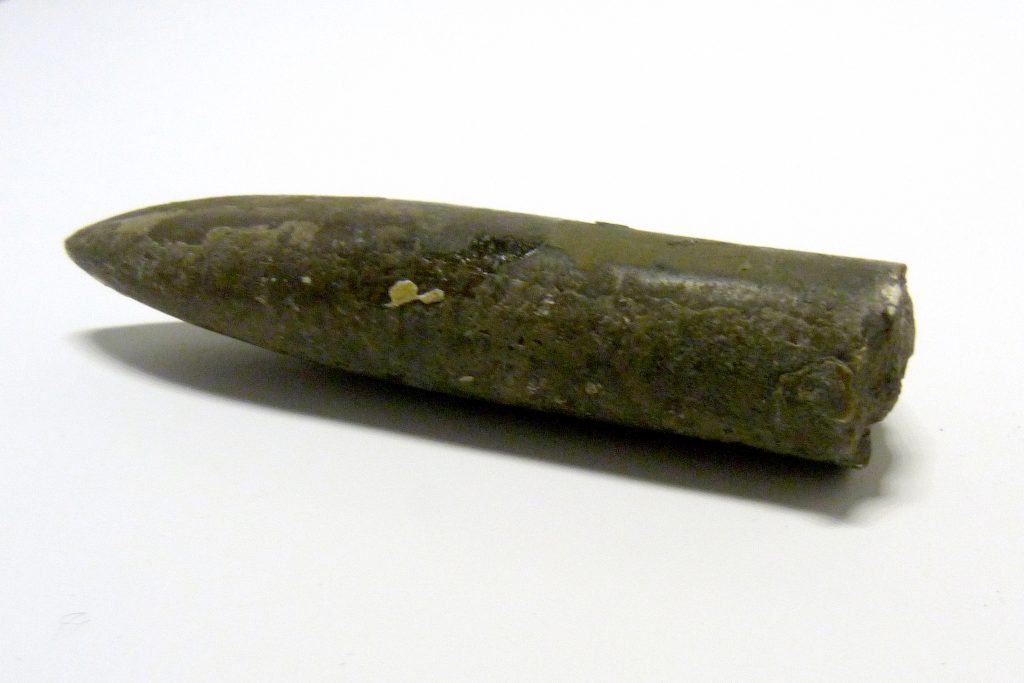
Belemnite (fossilised cuttlefish) catalogued as a ‘thunder-bolt’ England, 1870–1916, 8.3 x 1.9 cm © Southwark Heritage: Cuming Museum, Art Collection and Local History Library and Archive
Deliberate scorch marks from candles have been found on timbers in historic homes and one theory is that they were intentionally made, through sympathetic magic, to inoculate timber buildings from fire.
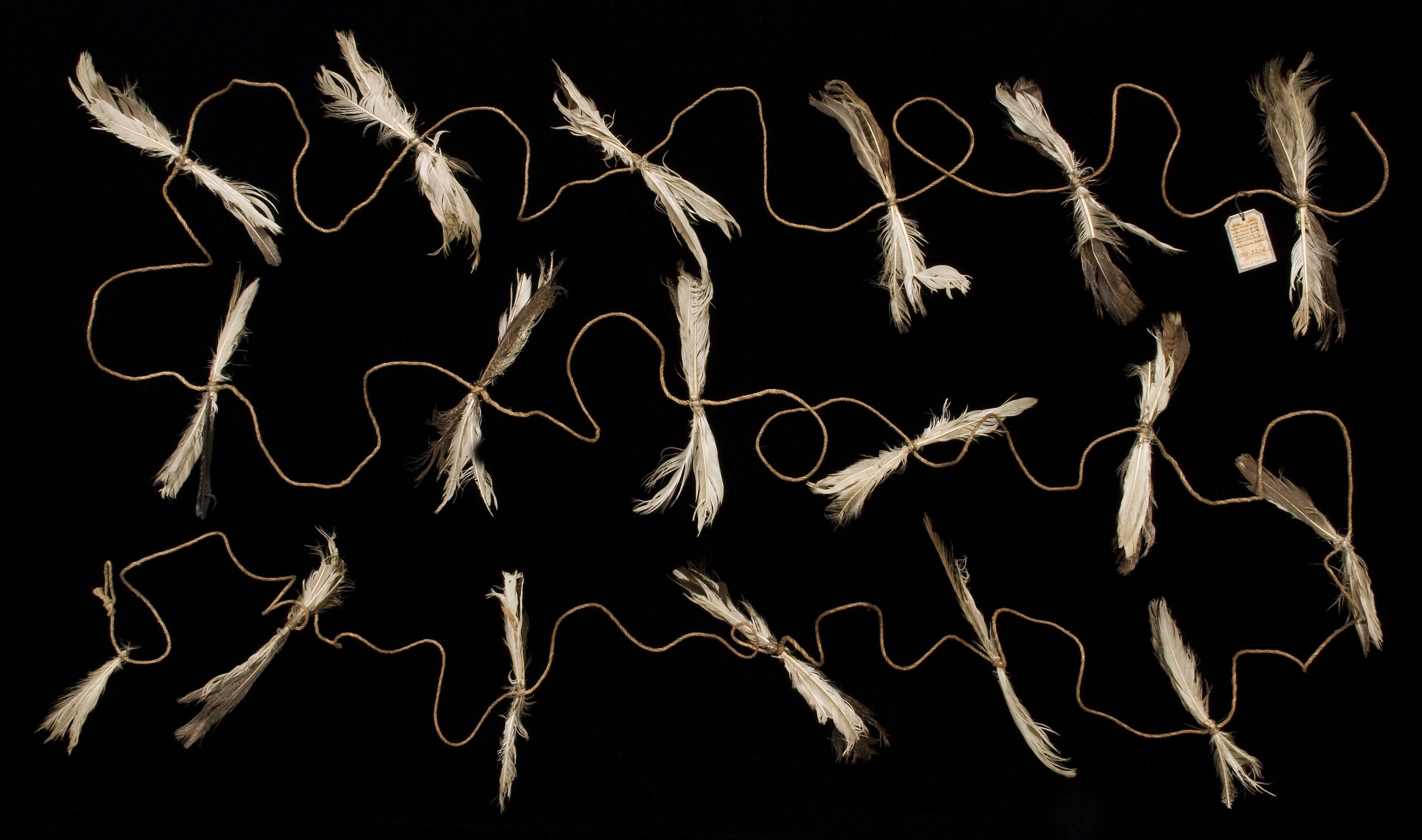
‘Witches’ ladder’ Found in the roof of a house in Wellington, Somerset, 19th century Bird feather and string, 800 cm © Pitt Rivers Museum, University of Oxford
A six metre (approximately) rope ladder with intervals of tied feathers was found in the roof of a house in Somerset and was labelled a ‘Witches Ladder’ by it’s 19th Century collector because it had come from a house of a purported witch. People feared she would use it to curse someone (precious livestock maybe) or be used as a magical ladder to gain entry into a house. Today’s historians view it more as a ‘sewel’ for detracting deer. But because it was found ‘hidden’ it quickly gathered a tale of witchery and malice.
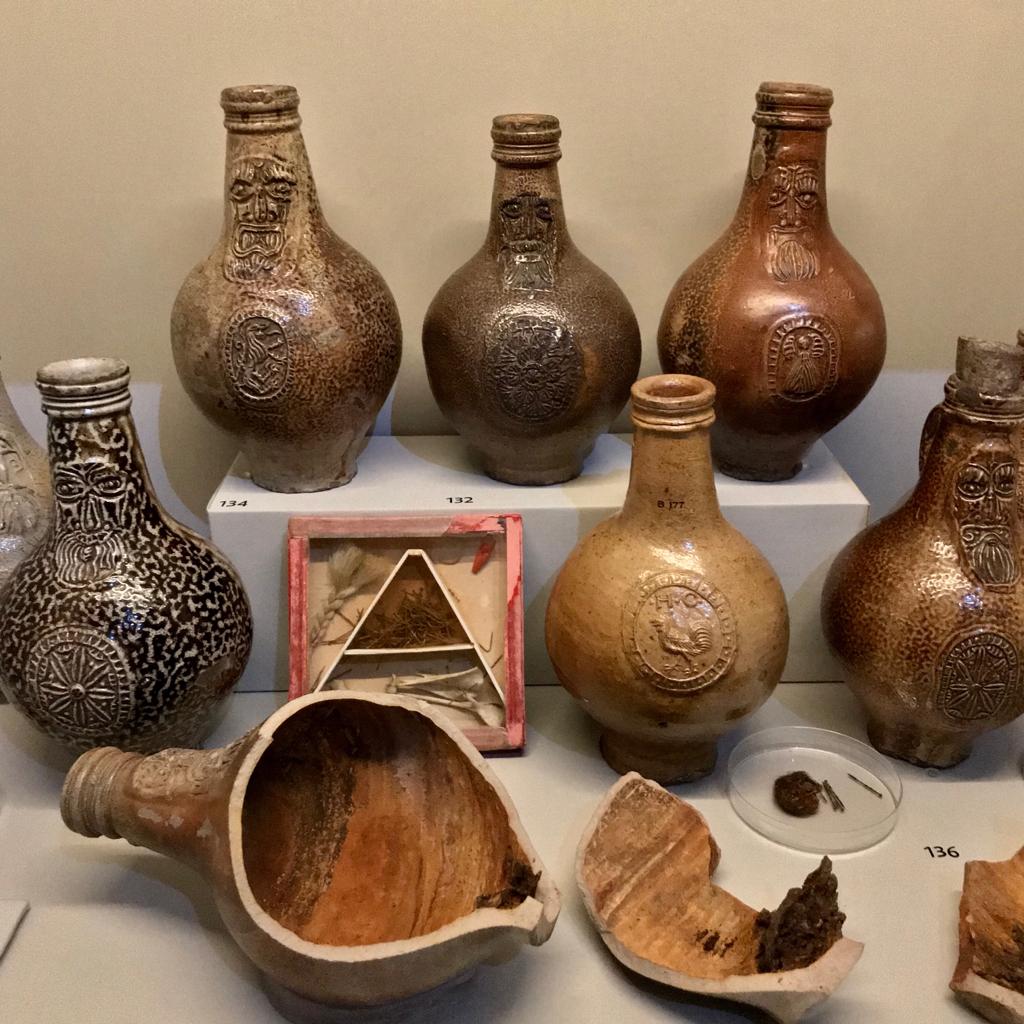
The stoneware Bellarmine (or Bartmann – bearded man) bottles (that remind me of the Roman style herm busts in Oxford below) originated from Germany and were popular in the seventeenth century used as protective vessels.

Re – labelled ‘witches bottles’, they were filled with nails, pins and thorns , human hair, urine and nail clippings and then placed in the fire as a remedy from the ‘ominous forces.’ The human contents belonged to the person considered ‘bewitched’ and the sharp objects were intended to retaliate and harm the witch. It was seen as a ‘magical law’ as it was believed that any two or more things that had been in contact with each other, such as the witch and the bewitched, held an invisible bond and the ritual carried out with the bottle would break that. Although these bottles went out of fashion by the 18th Century, other vessels continued to be used for similar rituals and are still found today. A plastic medicine bottle was found recently in the River Thames.
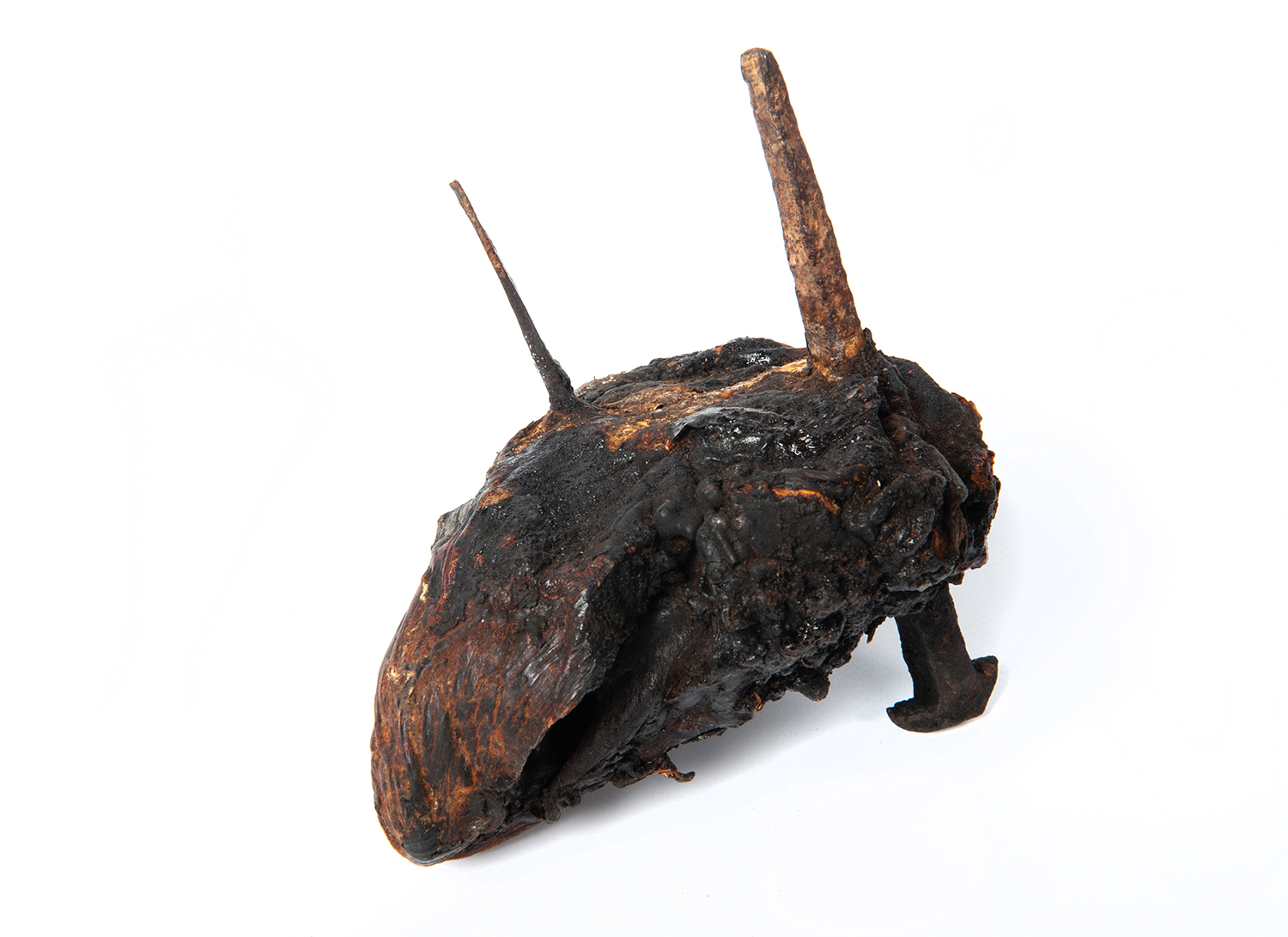
Bull’s heart pierced with iron nails and thorns Found in a chimney at Shutes Hill Farm, Somerset, date unknown 13 x 9 cm © Pitt Rivers Museum, University of Oxford
Found hidden within chimneys all over the United Kingdom were animal hearts and mostly date to the nineteenth century. If a member of the livestock was thought to have died from witchcraft, its heart was often cut out, impaled with ‘three -headed’ iron nails, (three being a potent magical number and iron was believed to be a strong antidote against witches and spirits), pins, needles and thorns and then hung up to roast above a fire burning with Ash wood ( a tree associated with anti-witch properties). Sometimes the heart would incinerate, other times it just smoked to create a perpetual form. This practice was believed to cause agonising and longstanding pain for the witch.
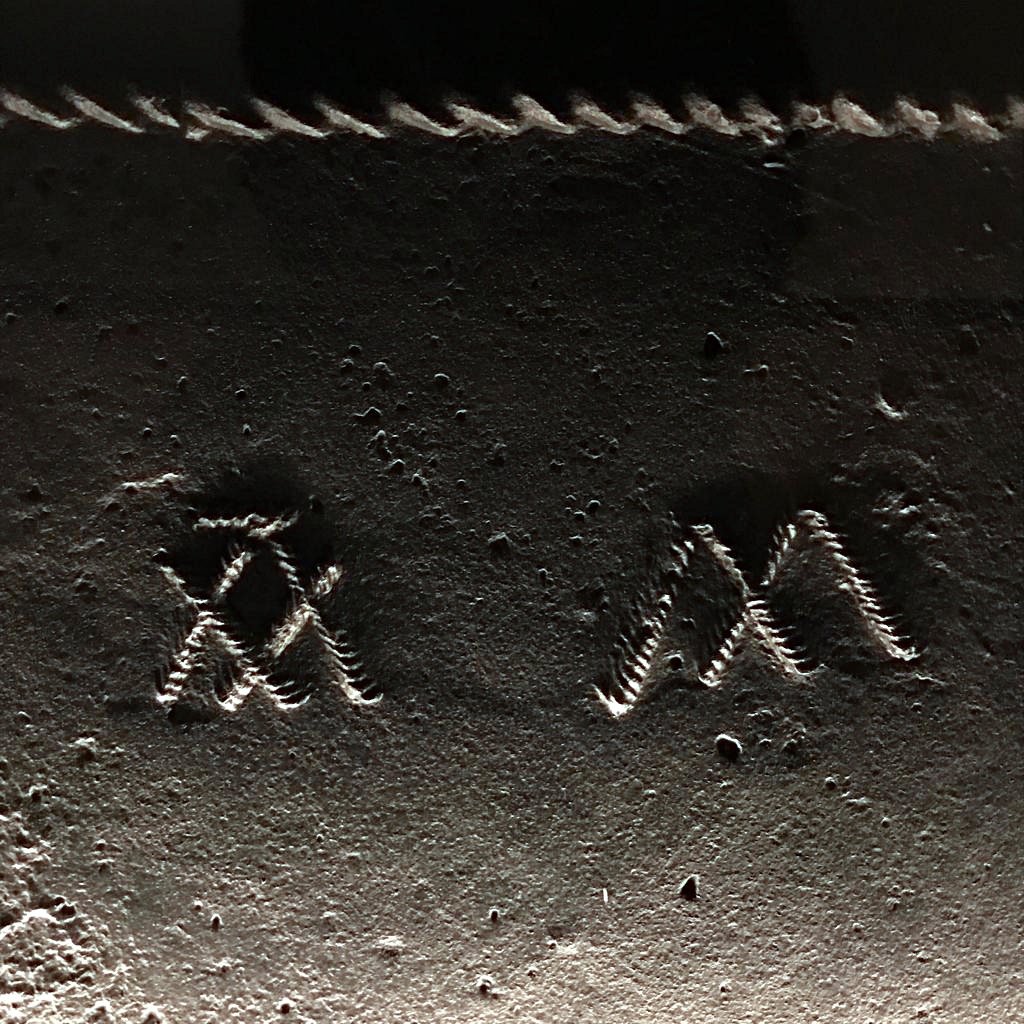
Objects made from iron were deemed hugely protective and were placed strategically around the house. 16th Century firebacks with engraved symbols (possible protective qualities), iron knifes crossed above the doorway, conch shells and animal bones, particularly horses have all been found. The ‘cunning folk’ were those employed to aid with protection. They were the ones who knew. Written protective charms with six sided stars were drawn and concealed within fireplaces.
Intentions were also set to protect the home from vermin. Elias Ashmole the founder of the Ashmolean Museum was an ardent antiquary, astrologer and alchemist and used astrological metal ‘sigils’ or talismans to rid his house of a mice infestation.
Belief in magic was also used to bring good fortune and there is a red wax impression in one of the ancient books in the exhibition, that was made by Ashmole from a magic ring that was created and owned by the astrologer Simon Forman. The ring was engraved with the names of the angels of Venus, Ariel and Ariael and intended to awaken or deepen love. This was a lovely reminder to me, as Charlotte used red wax to seal our marriage invites.
